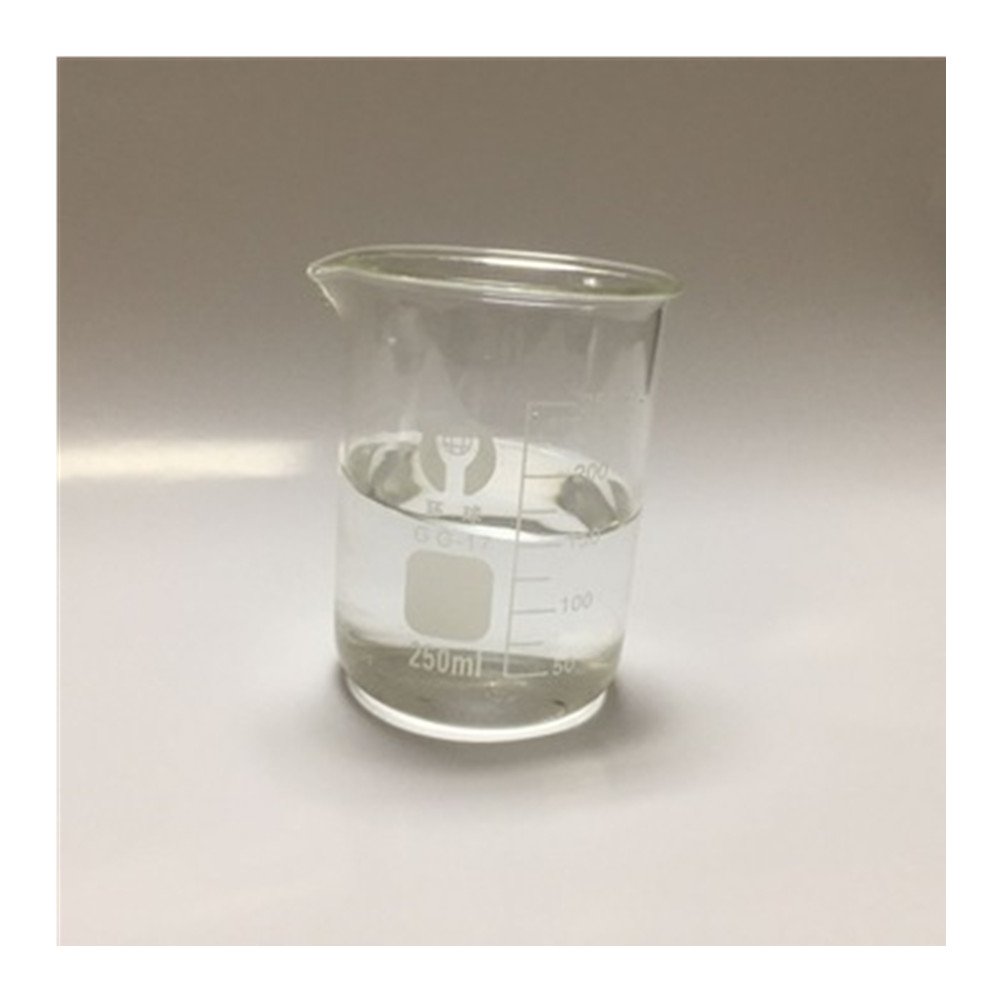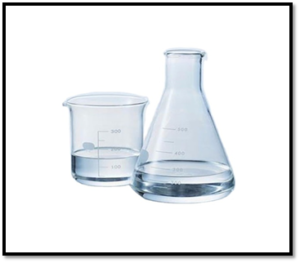1,4-Butanediol monovinyl ether, also known as 4-hydroxybutyl vinyl ether, is an organic compound with the chemical formula C6H12O2. Here’s a brief description:
- Chemical Structure: 1,4-Butanediol monovinyl ether consists of a butanediol backbone with a vinyl group (-CH=CH2) attached to one of the hydroxyl groups (-OH).
- Physical Properties:
- Appearance: 1,4-Butanediol monovinyl ether is a colorless liquid with a characteristic ether-like odor.
- Boiling Point: The boiling point of 1,4-butanediol monovinyl ether is approximately 135-140°C.
- Density: It has a density of about 0.98 g/cm³.
- Solubility: It is miscible with water and many organic solvents.
- Synthesis: 1,4-Butanediol monovinyl ether can be synthesized by the reaction of 1,4-butanediol with vinyl acetate in the presence of an acid catalyst, followed by purification.
- Applications:
- Chemical Intermediate: 1,4-Butanediol monovinyl ether is primarily used as a chemical intermediate in organic synthesis. It can undergo various reactions, including polymerization, etherification, and addition reactions, to produce a wide range of compounds.
- Monomer: It can be polymerized to form poly(1,4-butanediol monovinyl ether), which finds applications in coatings, adhesives, and specialty materials.
- Solvent: 1,4-Butanediol monovinyl ether is used as a solvent in organic synthesis and as a starting material for the synthesis of other organic compounds.
- Reagent: It is used as a reagent in certain chemical reactions, such as the synthesis of polymers and surface coatings.
- Health and Safety Considerations:
- 1,4-Butanediol monovinyl ether may cause irritation to the skin, eyes, and respiratory tract upon contact or inhalation.
- Prolonged or repeated exposure to high concentrations may cause adverse health effects.
- Adequate ventilation and proper personal protective equipment (PPE), such as gloves and goggles, should be used when handling 1,4-butanediol monovinyl ether.
- Environmental Impact:
- 1,4-Butanediol monovinyl ether may have environmental implications if released into the environment. It can contribute to air pollution and may be harmful to aquatic organisms.
- Proper handling, storage, and disposal practices should be followed to minimize environmental contamination.











Reviews
There are no reviews yet.